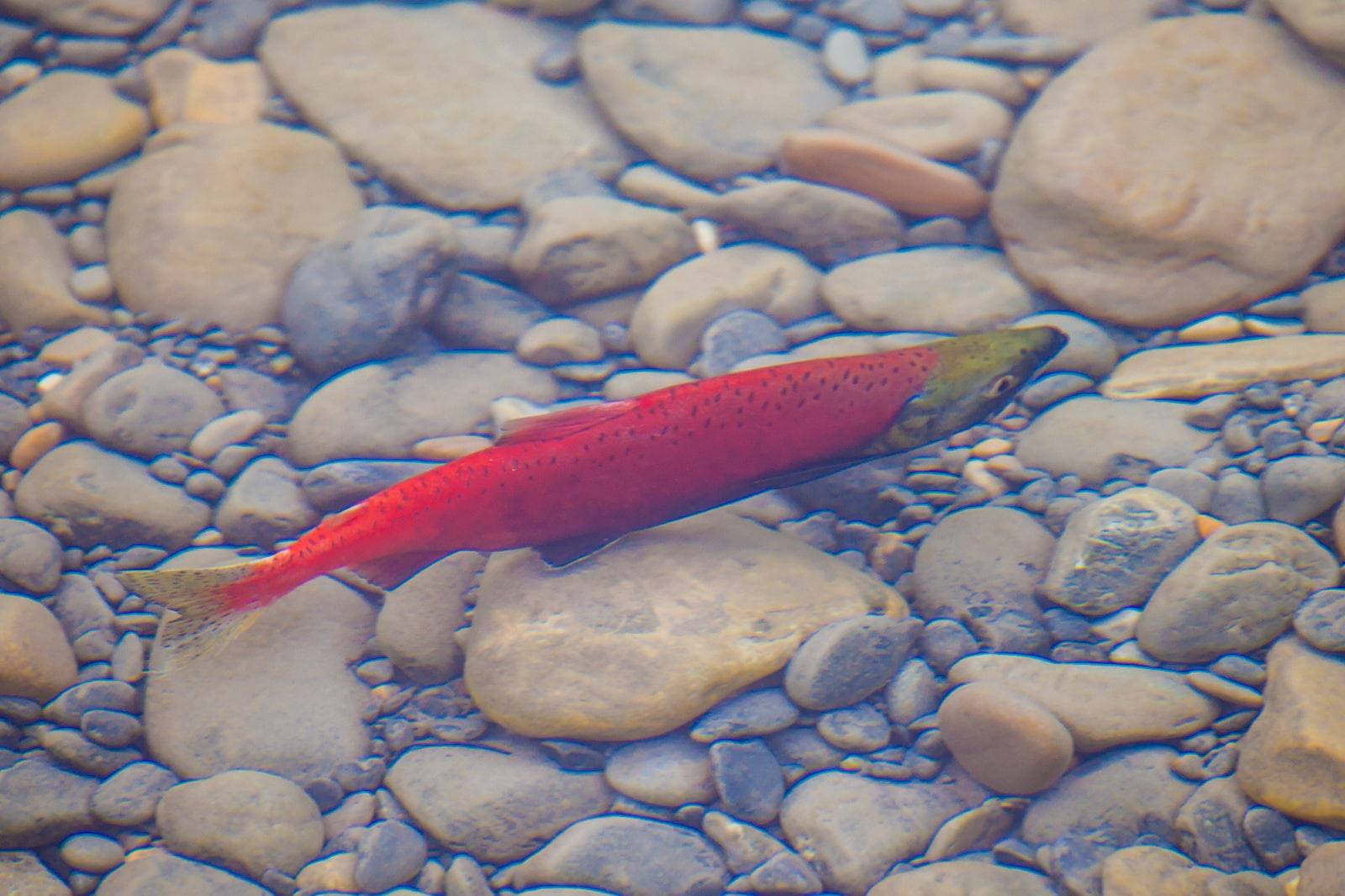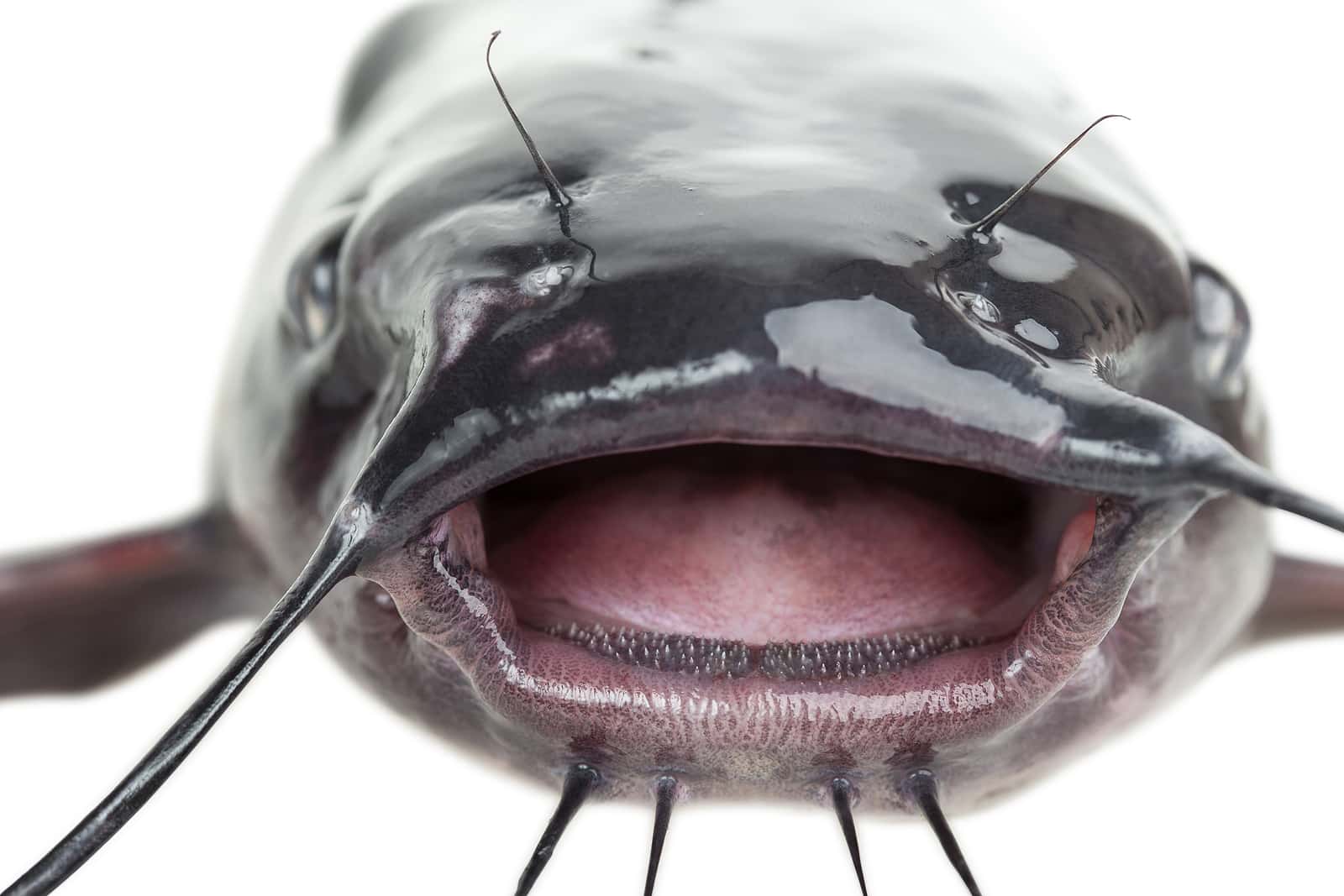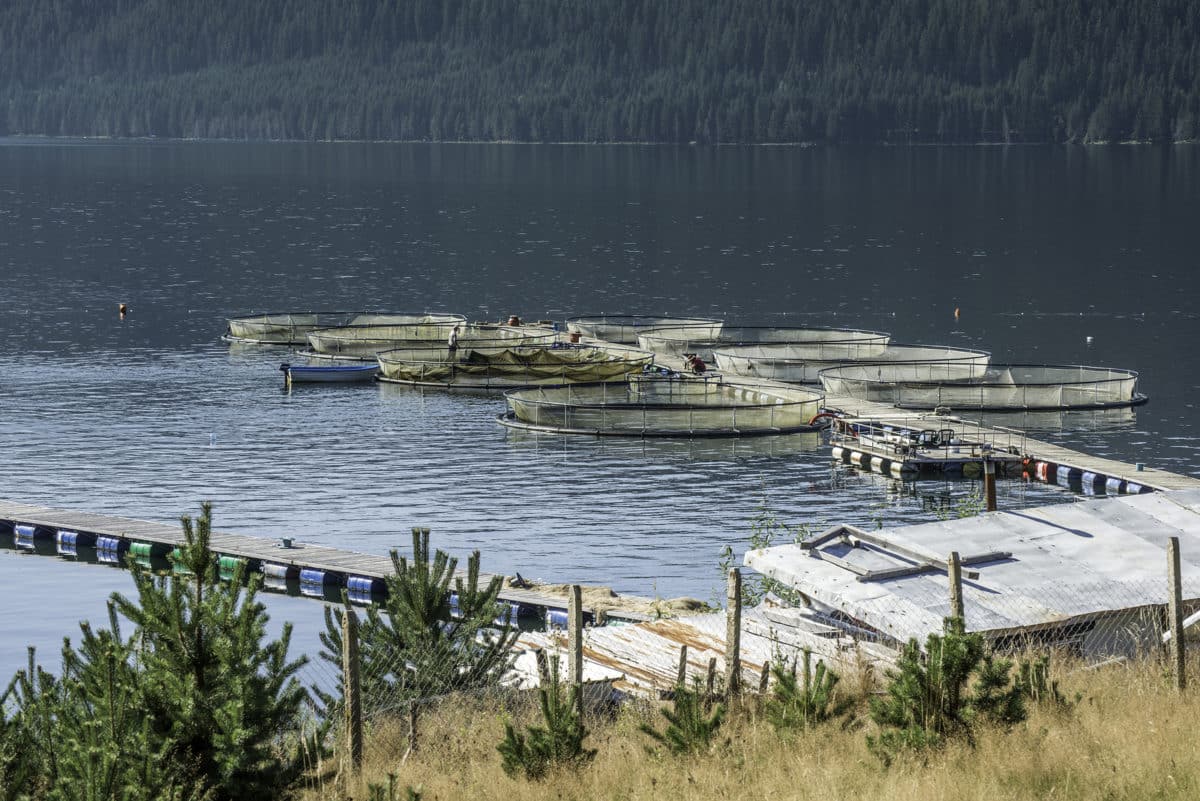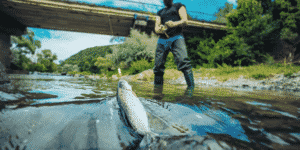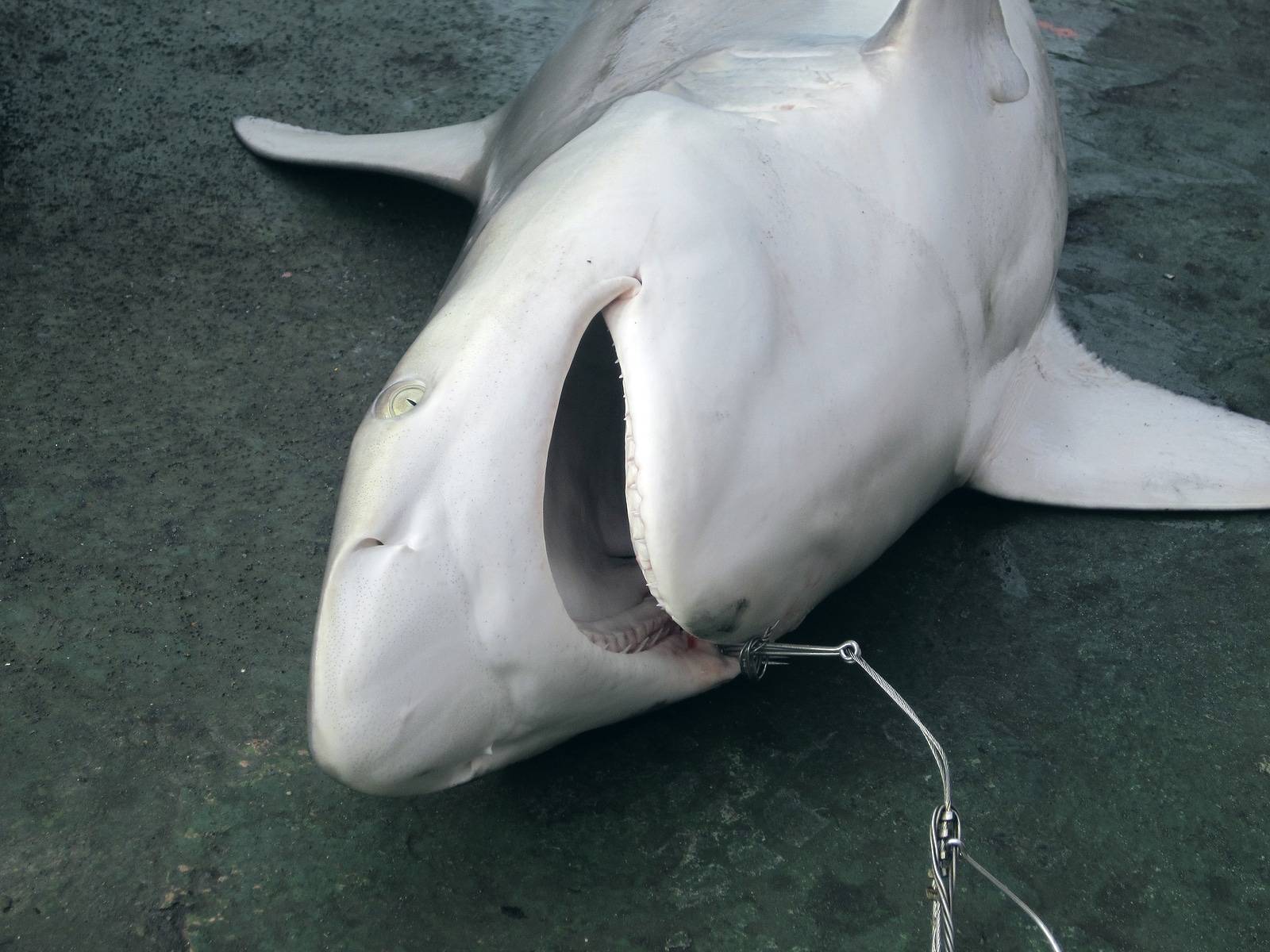Wild Salmon once numbered in the millions along the United States northern coastlines and rivers. Once called the “king of fish,” Salmon were plentiful in the Northern Atlantic Ocean and Northern Pacific waters as well as in many coastal rivers. However, populations of Salmon are declining in historic numbers. Couple that fact with fisheries dumping millions of hatchlings into fish farms in the Atlantic, and genuinely wild Salmon are becoming increasingly rare.
Is Wild Salmon Becoming Extinct?
The decline in salmon populations is concerning, and the reasons for the decline are numerous. Any changes to an area around a stream can cause harm to the species. Cutting down trees reduces the shade and, therefore also the nutrients that are available in the stream. With no roots to hold the soil in place, the amount of dirt or silt in the water increases. Marine biologists have proven that this directly affects the developing eggs. Without the correct amount of oxygen and nutrients in the water, the eggs will never develop into mature fish.
Most of the primary reasons for the decline of salmon populations are human-made. While helpful in creating energy for humans and assisting in water resources management, Dams are devasting to wild fish populations. Salmon are genetically encoded with the place of their birth. After swimming and growing in cold ocean waters, they return to swim back upstream to spawn.
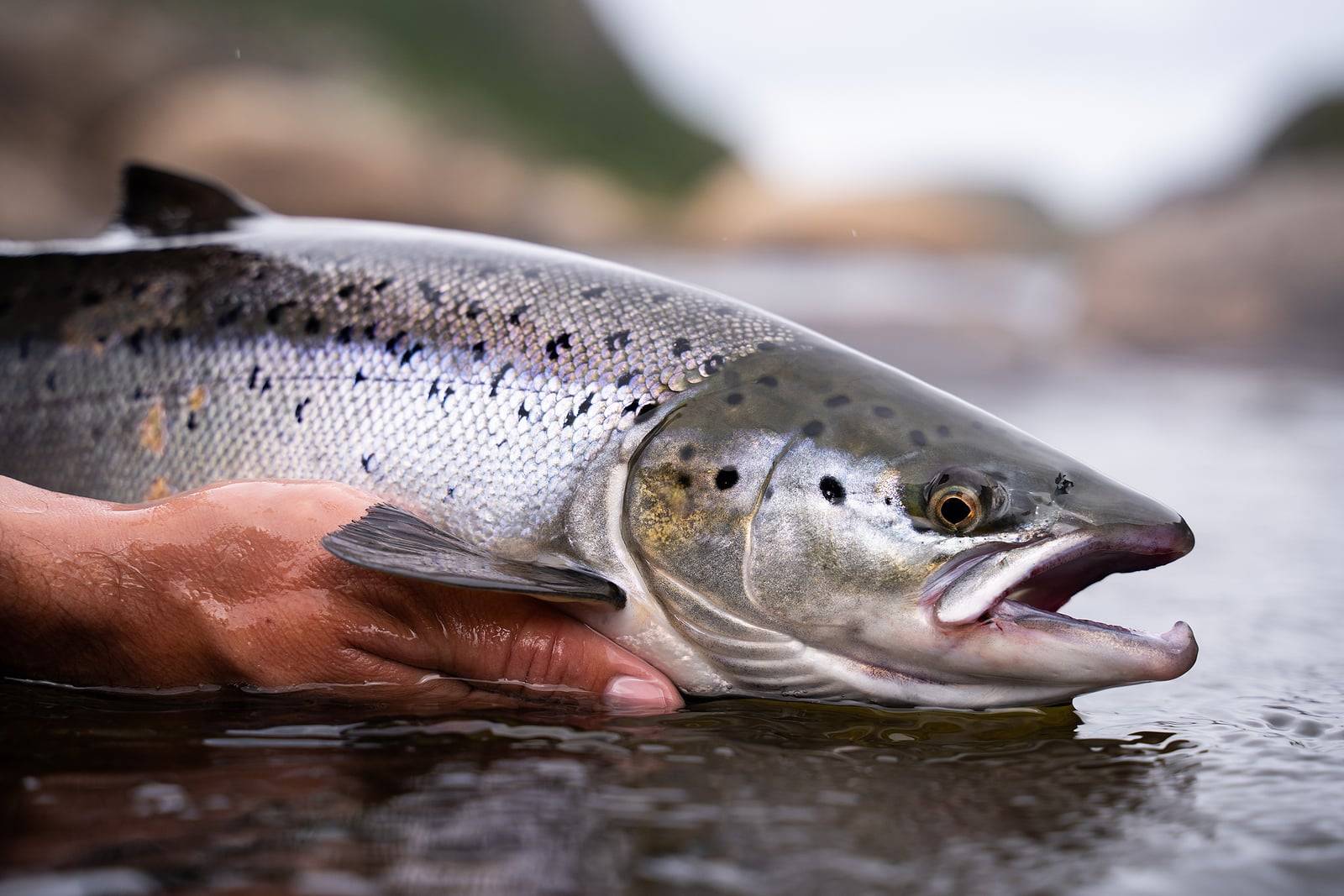
Is Wild Salmon Becoming Extinct?
Unfortunately, dams cause fish to die before they can reach their natural spawning grounds. They may die from the shock of going through the turbines, or even more likely, predators wait to eat disoriented fish emerging from the dam. Stocking programs from hatcheries and fish farms have ensured that the Salmon has not gone completely extinct. However, changes to their DNA are starting to be detected.
Overfishing is another primary source of death that is contributing to the declining salmon population. One recent study found that only about one thousand wild Salmon remain in the rivers of Maine. With four dams impeding the natural path the Salmon would take to their breeding grounds, the outlook is bleak.
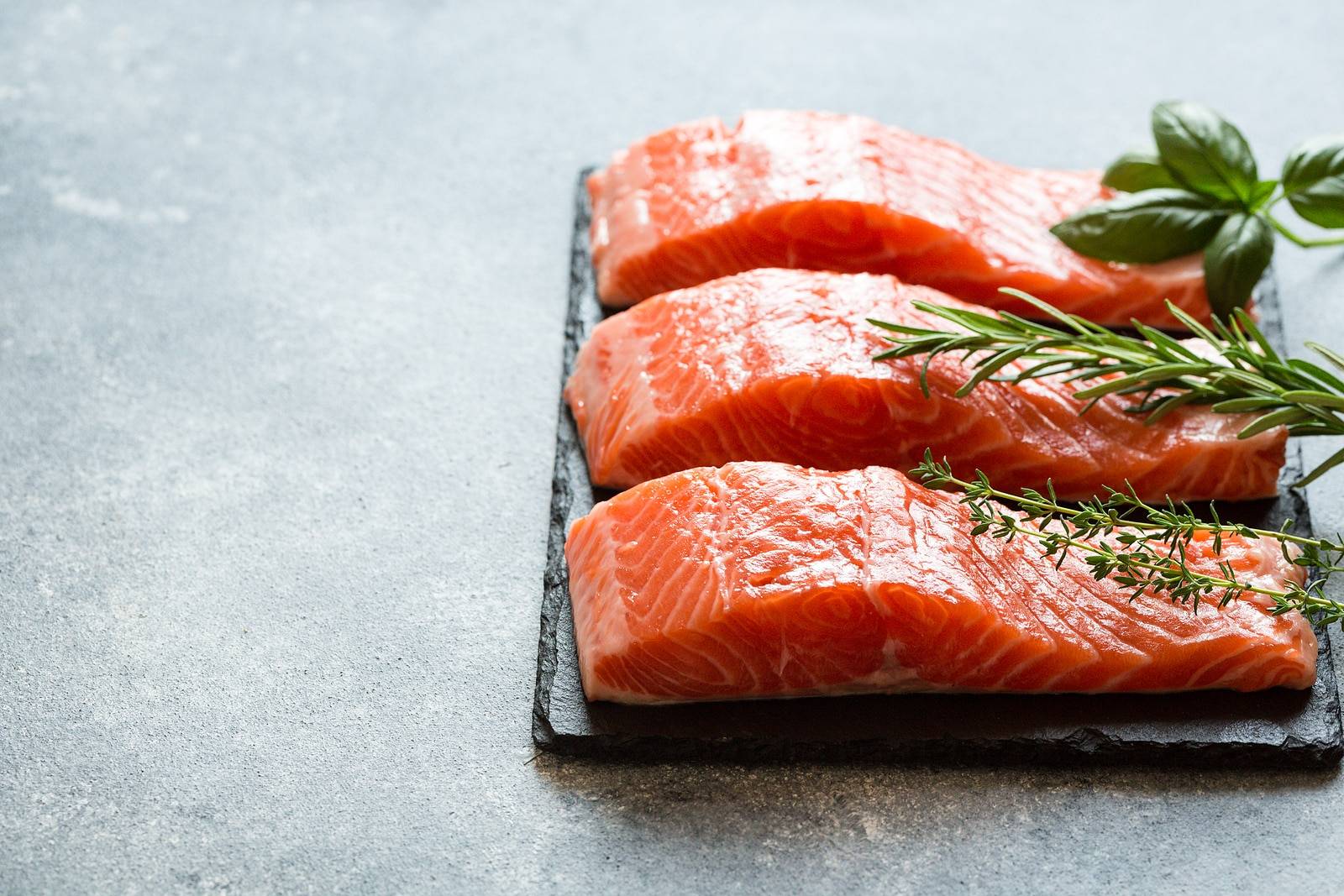
Changes to weather patterns, including those caused by climate change, profoundly affect the amount of food Salmon can find in the open ocean. Pollution and disease are also contributing to the population declines of many marine species worldwide.
Winding its way through Washington, Idaho, and Oregon, the Snake River has been called one of the most endangered riverways in America. Where once millions of Salmon traveled through this river way now it is facing possible extinction. Although the local fishing industry spends billions each year, hydroelectric dams are the major problem here. Since the federal government built four dams several decades ago, the salmon population has shown a 90 percent reduction. And as the fish can no longer reach their spawning grounds without human assistance, their future is not very bright.
For more information please visit NOAA:gov site.
Read more – Have You Been Tricked Into Eating Dangerous Shark Meat?


